Small and beautiful - Malta in winter

How to survive on Malta?
1. Language
Malta has two official languages – Maltese and English. So there is no need to worry about communication. After all, when traveling around the island you can often find that the locals mostly use their native language. In the shops, you can find a lot of Italian food with labels in this language, because many food products are imported from Italy.
2. Transport
Renting a car is a very risky decision. Cities are jammed, there are too many cars and there is nowhere to park. So it is better to get around Malta yourself by bus, which runs quite often, and reach all the main tourist attractions (including the places you will read about later in the text). A good option is to use the Tallinn Explore Card, which can be purchased at the airport for 21 euros. It allows unlimited use of public transport for 7 days from the moment of ticket cancellation.
To find convenient connections, it is best to install the “Tallinja – Plan your bus trip” app, which clearly shows you how to get to your destination as easily as possible. It is worth adding that every time you enter the bus you have to “bounce” with a card. To get on or off, always do the same as for the on-demand stops, i. e. wave or press the STOP button.
3. Malta Heritage Multisite Pass
It's a ticket that allows you to enter more than 20 seats in Malta. These are mainly museums, megalithic temples, or catacombs. The cost of such a card is 30 euros per adult (20 euros per student) and its validity is 30 days. It is a good opportunity to get to know the island from its cultural side, but it is not for everyone. If you are not attracted to the exhibition, you can let go of such a card and buy separate tickets everywhere.
4. British remnants
Malta was a British colony until 1964 and to this day you can see some remnants of that time. On the islands, there is traffic on the left. In addition, there are English sockets here, so it is worthwhile to stock up with an adapter before leaving to avoid unpleasant surprises.
What to see?
1. Valetta
The heart of the capital is easy to reach by bus, but you can also take a ferry from Sliema. It runs from 7:00 a. m. and the time of the last cruise depends on the time of year. In winter it is around 19:00 and in summer it is at midnight.
The cost of such an attraction is 1,5 € per person one way per day and 1,75 € per night (Two-way will pay 2. 80 € or 3. 30 € respectively). Tickets can be purchased at the boarding gate. The ferry arrives in Valletta near the Procathedral of St. Louis. Paul.
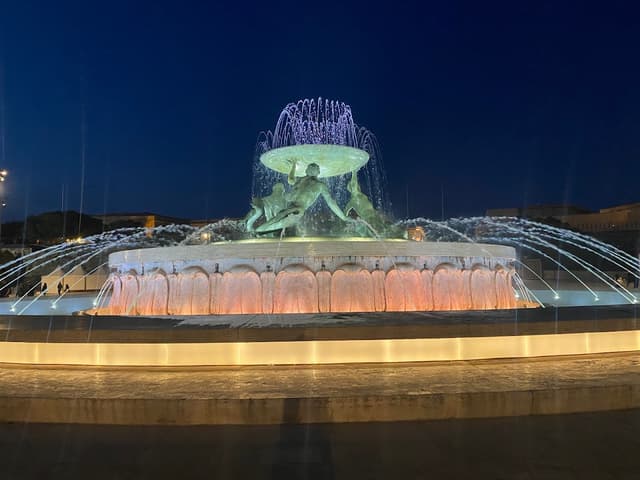
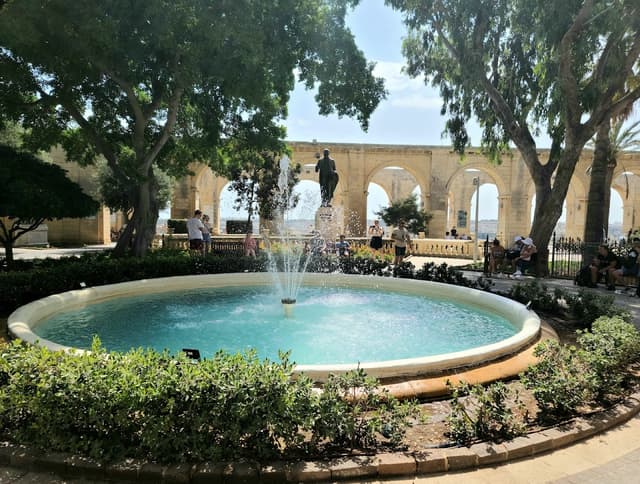
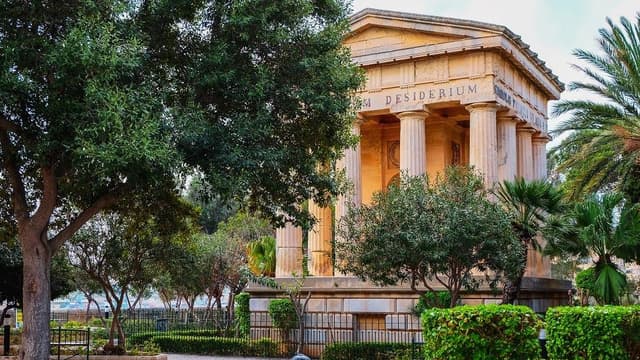

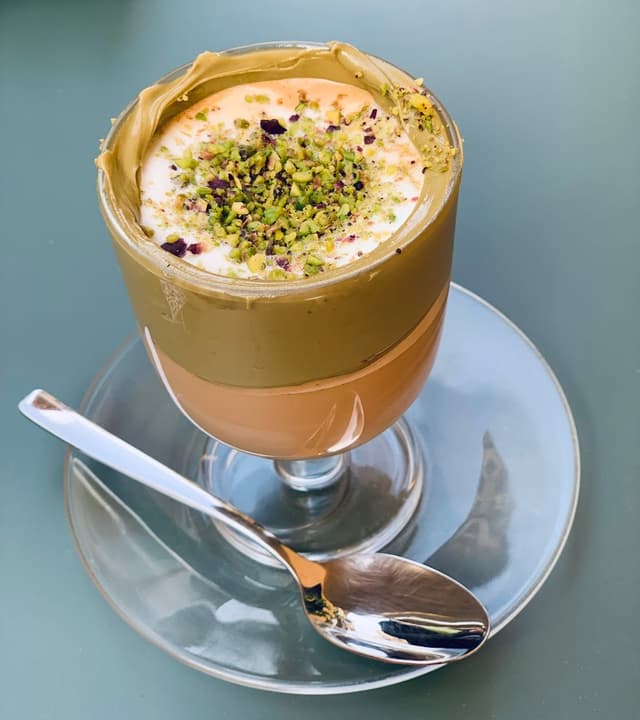
2. Mdina and Ir-Rabat
Two towns located literally next to each other, the first of which is called “City of Silence” in every guide.
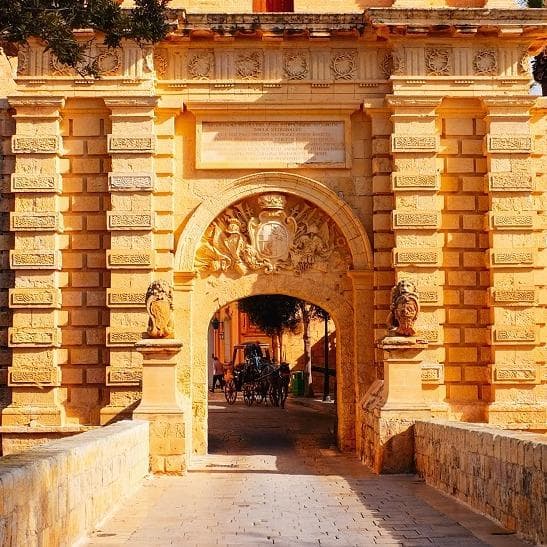
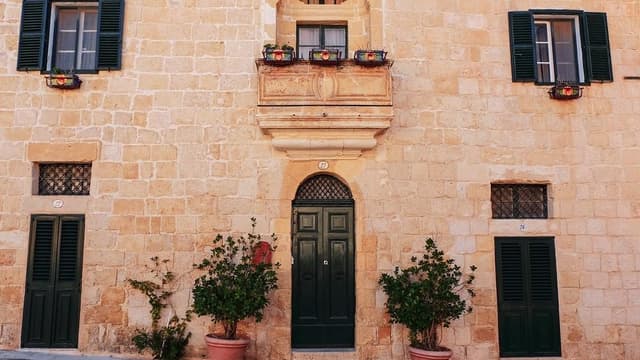
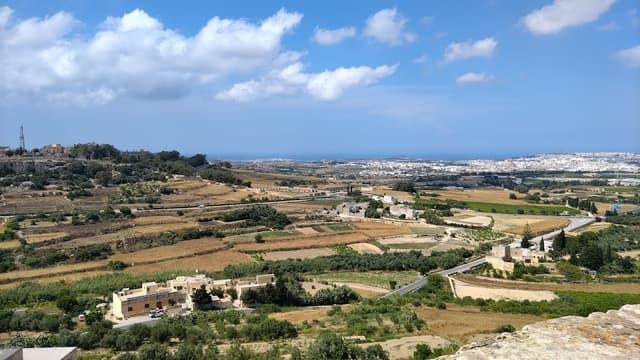
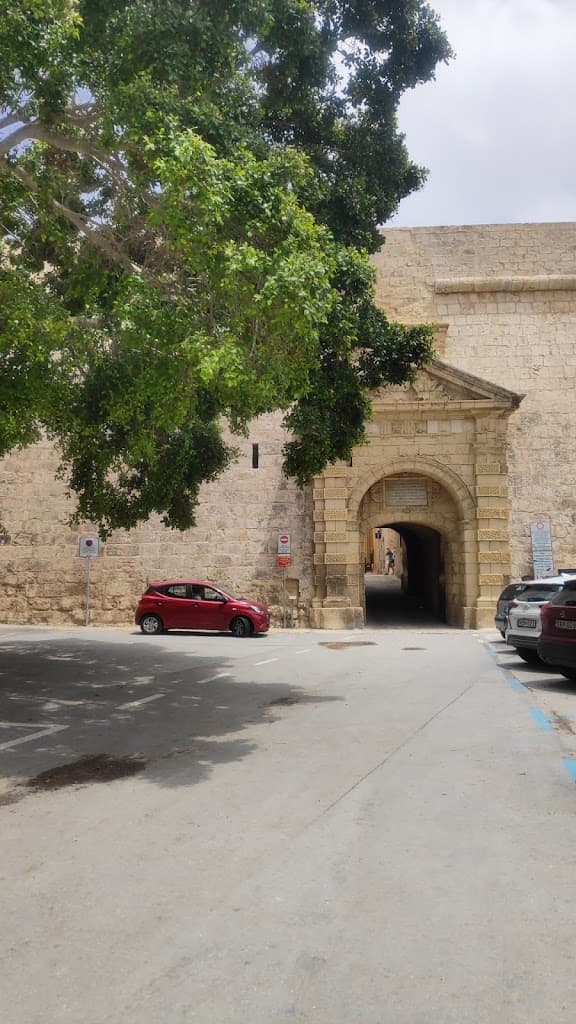
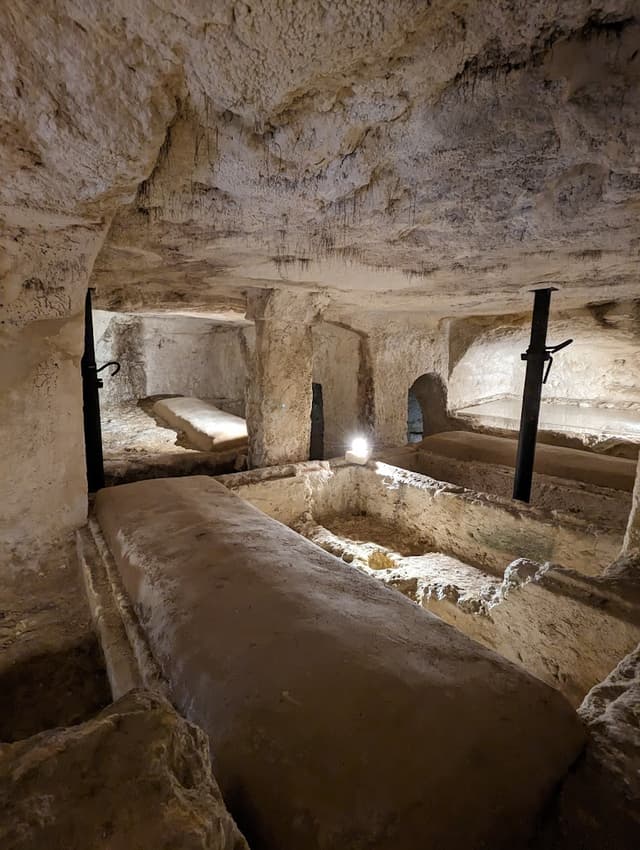
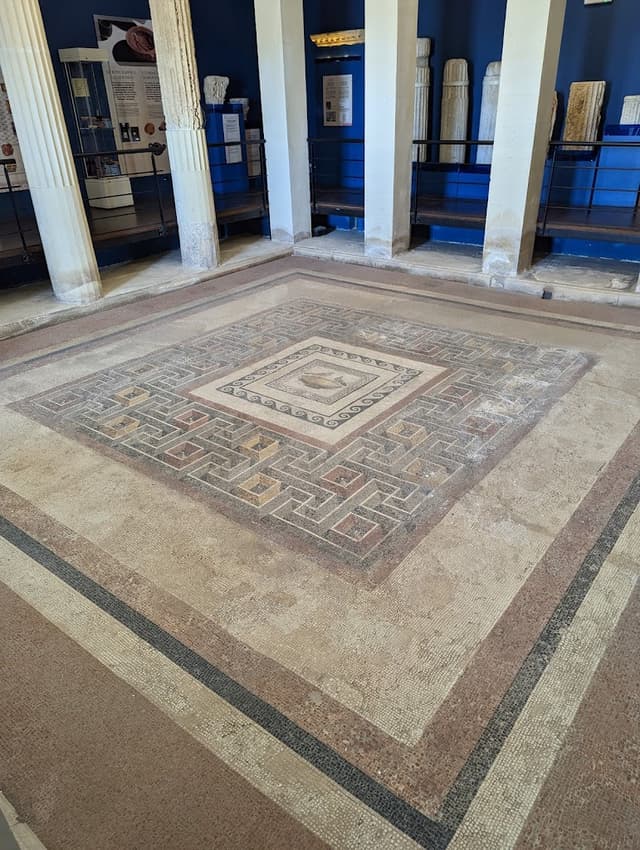
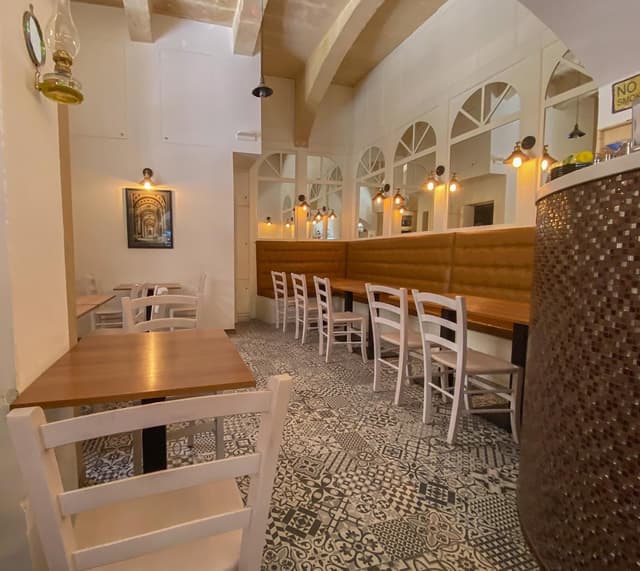
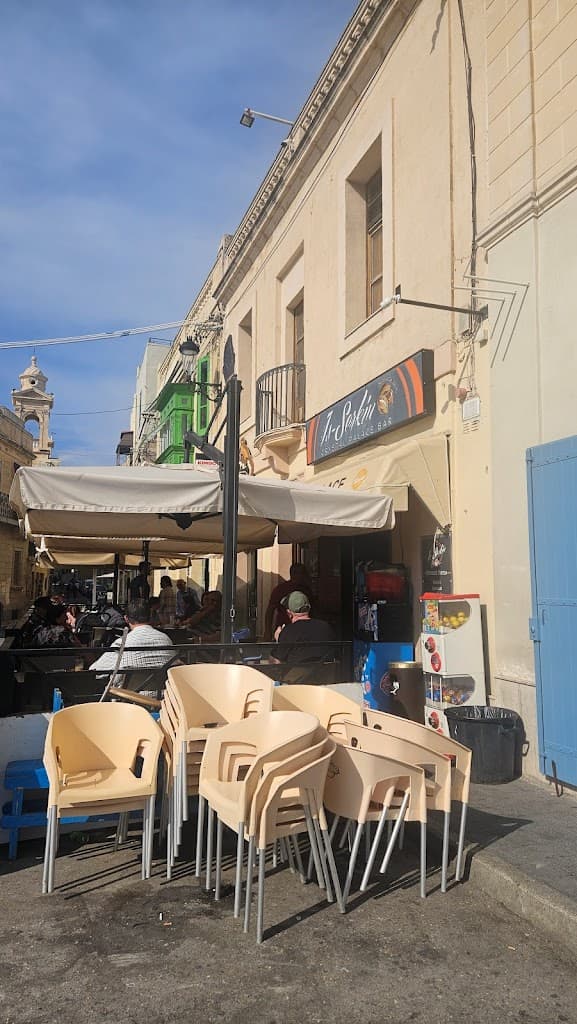
3. Dingli Cliffs
Dingli Cliffs are steep slopes in the south of the island, washed by the waves of the Mediterranean Sea. This is definitely one of the most breathtaking places you can see here. There's bus 201. It's best to get off at the Maddalena stop. It is also home to the highest elevation on Ta’ Dmejrek, which is 253 metres above sea level.
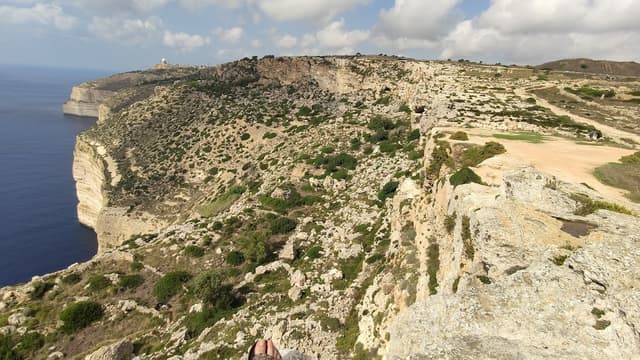
4. Hagar Qim and Mnajdra
These are probably the most famous megalithic temples on the island, dating from the turn of the 4th and 3rd centuries BC. They are inscribed on the UNESCO World Heritage List. Entrance to the temples is included in the Malta Heritage Multisite Pass, and when you cancel your tickets you can scan the QR code into an audio guide that will guide you through this historic place.
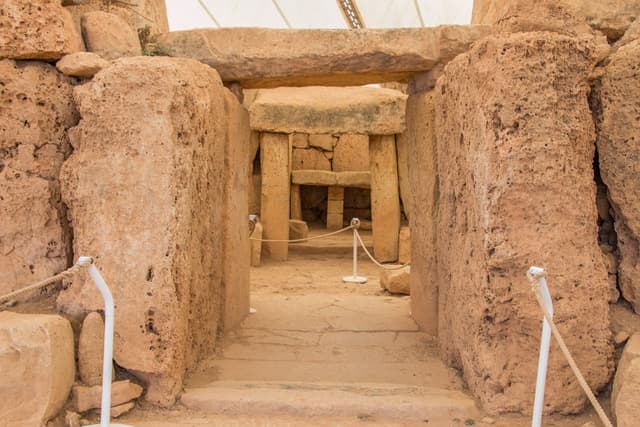
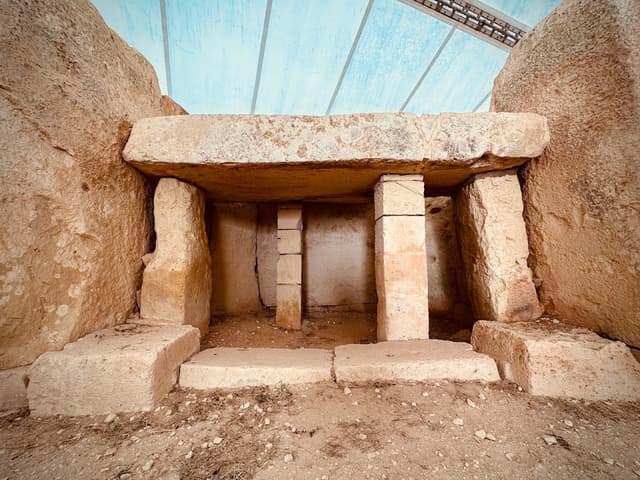
5. Blue Grotto
It is said to be the most beautiful in the morning, when the rays of the rising sun are reflected in the sea. This does not change the fact that at any time of the day it makes a big impression.
An alternative to the cruise is to approach the lookout point, which is located right next to the bus stop Iż-Żurrieq – Panorama. You can see the nearby cliffs and the Blue Grotto itself. The rocks blend beautifully with the blue of the sea and sky, so you can’t miss this place during your stay in Malta.
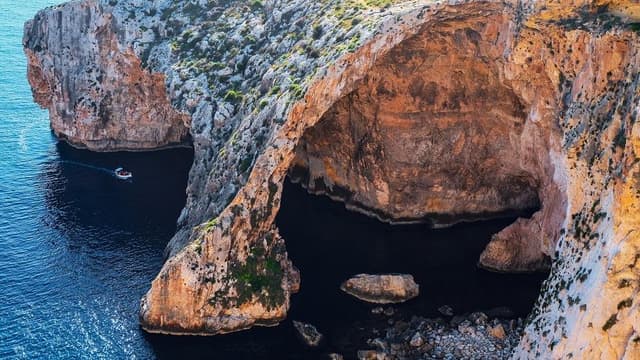
6. Ghadira Nature Reserve
Although it looks very inconspicuous, it is a small springboard from cities and cars. It is a reserve that is famous for the birds that flock to it during the breeding season. You can also find local visitors here – chameleons! Meeting with these charming creatures is possible both in winter and summer. When it is cold, they have grayish shades, but when it gets warmer, they change their coloration to green. Nearby is Mellieha Beach, where you can drink local Cisk beer and listen to the sound of the sea.
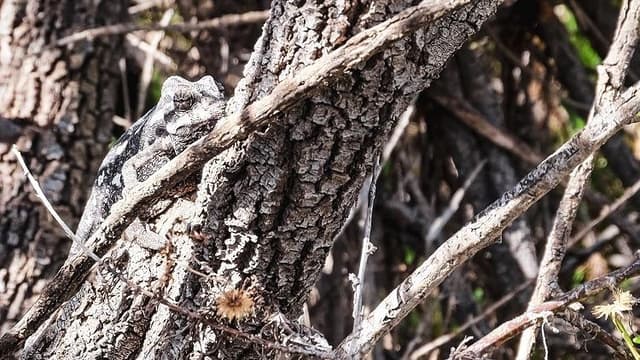
There are many other great places in Malta that I haven’t had time to discover. Nearby are also Gozo and Comino, which tempt with beautiful cliffs at sunset and sea gorges. So both nature lovers and architecture enthusiasts will find something for themselves in this archipelago. It is definitely worth coming here to get to know the Maltese culture and people who will welcome everyone with a smile on their tiny island.
Alicja Baran
The home for unique & authentic travel
